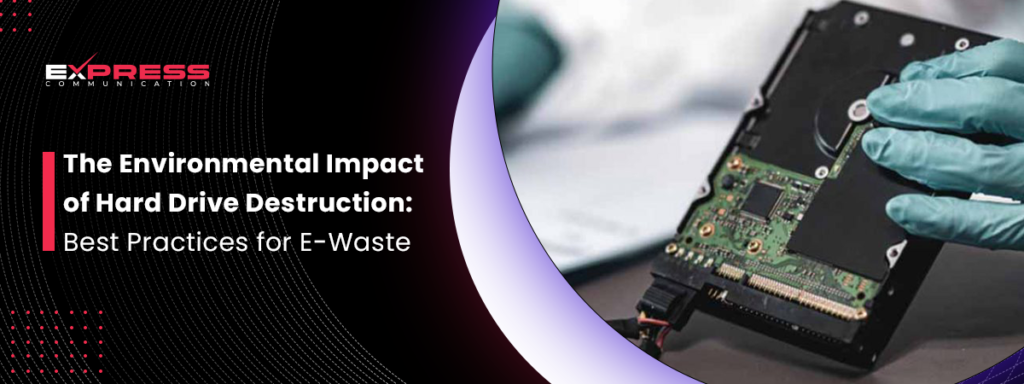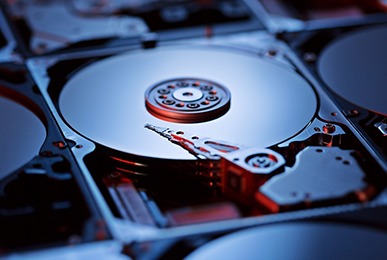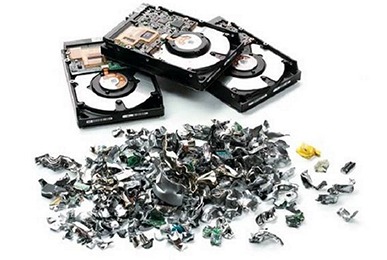
Have you ever wondered what happens to your personal information after you delete it from your computer or phone? Is it really gone, or could someone still find it? This is where data sanitization comes into play, and it has a huge impact on privacy and security. Let’s explore how data sanitization works and why it’s so important.
Table of Contents
What is Data Sanitization?
Data sanitization is the process of deliberately, methodically, and completely erasing data from a storage device so that it cannot be recovered. This is different from simply deleting files, which often just hides the data from the operating system but leaves it accessible to those with the right tools.
Why Is Data Sanitization Important?
When you delete a file, your computer only removes the reference to it. The actual data remains on the disk until it gets overwritten by new data. This means that with the right software, someone could potentially recover your deleted files, including sensitive information like passwords, financial records, and personal photos.
Protecting Personal Privacy
Data sanitization is crucial for protecting personal privacy. Imagine if someone could recover your old emails, photos, or bank statements after you thought you had deleted them. This could lead to identity theft, financial fraud, or personal embarrassment.
Safeguarding Business Information
For businesses, data sanitization is even more critical. Companies store a lot of sensitive information about their customers, employees, and operations. If this data falls into the wrong hands, it could lead to severe financial loss, legal consequences, and damage to the company’s reputation.
Methods of Data Sanitization
There are several methods to sanitize data, each with varying degrees of effectiveness.
Overwriting
This method involves writing new data over the old data. Software tools can overwrite a storage device’s entire contents with patterns of meaningless data. To ensure that data is unrecoverable, the process often requires multiple passes.
Degaussing
Degaussing uses a powerful magnet to disrupt the magnetic fields on a storage device like a hard drive or tape. This makes the data unreadable and the device unusable.
Physical Destruction
Physical destruction involves shredding, crushing, or incinerating the storage device. While this method is the most extreme, it guarantees that the data cannot be recovered. This is often used for highly sensitive information that must be permanently destroyed.
The Role of Data Sanitization in Security
Data sanitization is a vital part of data security strategies. It ensures that sensitive information cannot be accessed once it is no longer needed, reducing the risk of data breaches and cyberattacks.
Preventing Data Breaches
Data breaches can occur when unauthorized individuals gain access to sensitive information. By properly sanitizing data, organizations can prevent old, unused data from becoming a target for hackers.
Compliance with Regulations
Many industries are subject to strict data protection regulations. Proper data sanitization helps organizations comply with laws such as GDPR, HIPAA, and CCPA, which require the secure disposal of personal data.
Protecting Intellectual Property
For businesses, protecting intellectual property (IP) is essential. Proper data sanitization ensures that outdated or unused information about products, research, and business strategies does not fall into competitors’ hands.
How to Implement Effective Data Sanitization
To effectively sanitize data, individuals and organizations should follow best practices and use reliable tools.
Use Certified Tools
Many software tools are available for data sanitization, but it’s important to use those that are certified by recognized standards, such as NIST (National Institute of Standards and Technology) or DoD (Department of Defense).
Develop a Data Sanitization Policy
Organizations should develop a clear policy outlining when and how data should be sanitized. This policy should include procedures for different types of storage devices and data sensitivity levels.
Train Employees
Employees should be trained on the importance of data sanitization and how to perform it correctly. Regular training sessions can help keep everyone up to date on best practices and new threats.
Regular Audits
Regular audits can help ensure that data sanitization processes are being followed correctly. Audits can identify any weaknesses in the process and provide an opportunity to improve.
Challenges in Data Sanitization
While data sanitization is essential, it can be challenging to implement effectively.
Complexity of Modern Storage
Modern storage devices, such as SSDs (Solid State Drives), can make data sanitization more complicated. SSDs use a process called wear leveling, which spreads data across the drive to prolong its lifespan. This can make it difficult to ensure all data has been overwritten.
Volume of Data
The sheer volume of data that organizations need to manage can make data sanitization a daunting task. Implementing automated tools and processes can help manage large amounts of data more efficiently.
Cost
Data sanitization can be costly, especially for physical destruction methods. However, the cost of not sanitizing data properly can be much higher in terms of potential data breaches and compliance fines.
The Future of Data Sanitization
As technology evolves, so too will the methods and importance of data sanitization.
Advances in Technology
New technologies, such as quantum computing, could potentially make current data sanitization methods obsolete. Staying ahead of technological advancements will be crucial for maintaining data security.
Increased Awareness
As data breaches and privacy concerns continue to make headlines, awareness of the importance of data sanitization will grow. This increased awareness will likely lead to more stringent regulations and better practices.
Conclusion
Data sanitization is a critical component of privacy and security. Whether you are an individual looking to protect your personal information or a business safeguarding sensitive data, proper data sanitization practices are essential. By understanding the importance of data sanitization, implementing effective methods, and staying aware of new challenges, we can all help protect our information from falling into the wrong hands.





